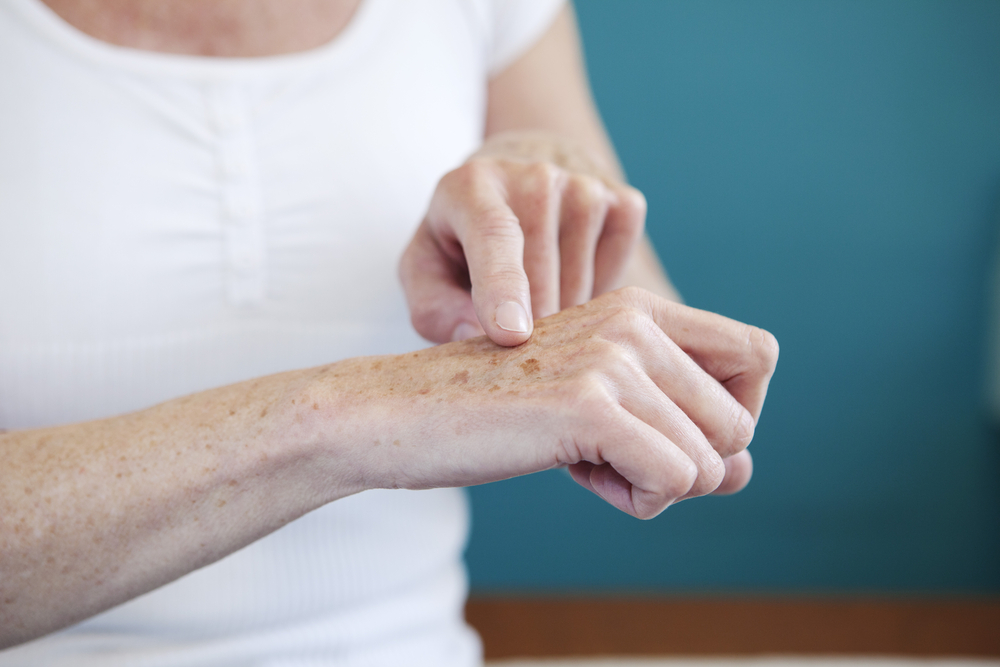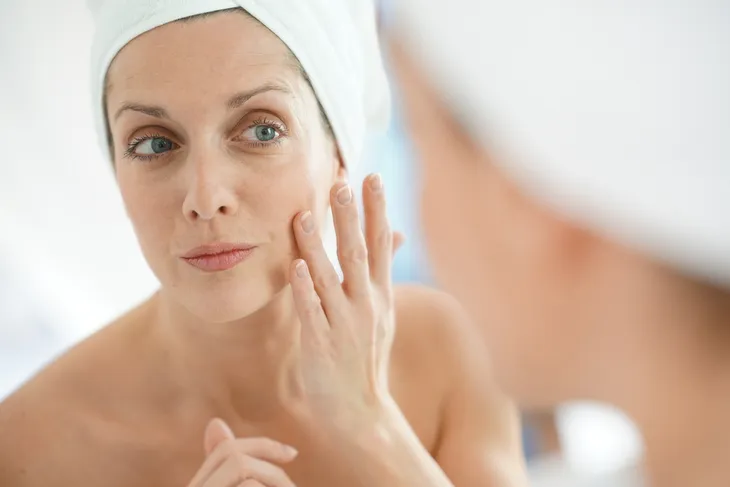Aging is one of those inevitable life events that we all try to avoid. The older we get, the more our bodies begin to mature and change. Those smile lines turn to wrinkles, and metabolisms start to slow. Sometimes the signs of body maturity present sooner than expected or sooner than your age might suggest, and this is called premature aging. It’s nearly impossible to completely avoid all the premature signs of aging, but science is always improving the ways you can manage them and limit their impact on your life.
Wrinkles
Those smile lines and dimples you sported growing up will likely turn to wrinkles. But listen, this is the natural aging process of the skin and it occurs because your skin starts to decrease its production of collagen. Collagen gives skin its elastic properties, hence why wrinkles form when this process starts to slow.
Wrinkles are most common in areas with frequently used muscles such as the forehead, mouth, and eyes. They can also develop from exposure to the sun, and from dehydration. While there’s no definitive age that sets the standard for premature wrinkles, some believe it’s typical to start noticing them in your 30s. Healthline says this is because your 30s are usually when collagen production starts to decrease.
How to Prevent and Manage Wrinkles
Fear not, decreasing wrinkles might just be one of the most highly researched anti-aging topics and there are many remedies available for you to try to reduce the appearance of fine lines and wrinkles.
In terms of prevention, it’s best if you try to consume a nutrient-rich and balanced diet and drink plenty of water regularly. Water keeps you hydrated from the inside out! When outdoors, protect your skin from the sun by wearing sunscreen or covering up. Finally, you can also utilize a daily skincare routine to keep your skin feeling and looking fresh.
Sunspots
Everyone loves the look of a nicely bronzed tan, especially coming back from a holiday. What if I were to tell you that too much sun exposure can leave you at risk of developing sunspots on your skin? Sunspots, also known as age spots, are little brown spots that form on your skin due to years of sun damage.
Sunspots often develop on your face, forearms, or back of your hands. Healthline says they often appear “at or after age 40.” So, if you’re noticing them at an earlier age than this, this may be a sign of premature aging. The source also notes individuals with fair skin may notice them earlier.
How to Prevent Sunspots
Whenever you’re getting ready to go outside, try to use good quality sunscreen to help protect your skin. You should also avoid using tanning beds, avoid direct sun during peak hours (10 a.m. to 3 p.m.) or cover your skin and reapply sunscreen as directed when venturing outdoors. This will help you prevent future sunspots from appearing.
If you already have them, you can visit your local dermatologist to find out what treatments are available to manage pre-existing sunspots.
Hair Loss
This might be one of the most feared symptoms of aging for both men and women. Who wants to lose their hair? Unfortunately, genetics will play a big role in determining when you’ll start to show signs of premature balding. The good news is, there is a lot you can do to prevent and manage this symptom of premature aging.
Start by seeking out your family history to determine if premature balding runs in your family. It’s always best to know so that you can plan to help slow down or even prevent this process from happening. Many factors are involved in the process of hair loss from hormonal changes and family genes to environmental factors and diet.
Osteoarthritis
Unfortunately, most of us will end up with some type of arthritis as we continue to age and use our bodies. Osteoarthritis is a condition caused by wear and tear on our bodies and resulting in the breakdown of cartilage that lines our joints such as in the hips, knees, and ankles.
This aging process might appear sooner than expected for some individuals. It typically correlates to the amount of strain you’ve placed on your body over the years and is typically quite painful.
How to Prevent Osteoarthritis
If you work a physically demanding job or a highly repetitive job, chances are you’re placing strain on your joints leaving you susceptible to developing osteoarthritis. Recent research suggests using strength training exercises to prevent and even manage this condition so that it doesn’t burden your life.
Other ways to prevent osteoarthritis include maintaining a healthy weight, controlling your blood sugar, and trying your best to prevent injury to your joints.
Poor Eyesight
Have you ever noticed how many people in their 60s and 70s are wearing glasses? You might start to notice that you must hold your phone a little closer or a little further away from your face to see the screen clearly. These are all signs of your vision starting to decrease. But don’t worry, there is a lot you can do to help slow this process down and improve your vision.
If you start to notice that your eyesight isn’t as sharp as it once was, this is a sign of premature aging and something you should discuss with your optometrist. You can be prescribed glasses or contacts to help you with your vision. They may also suggest dietary changes to ensure you’re including enough food options that support good eyesight.
The Takeaway
It doesn’t matter who you are or how much money you have, everyone is going to experience signs and symptoms of premature aging. This is a matter of life and something that shouldn’t be feared.
Thankfully, as modern-day science and medicine continue to advance, there are many treatments for almost every sign and symptom I listed above. If you’re noticing signs and symptoms of premature aging, be sure to book an appointment with your doctor to learn how you can manage this and help slow the process down.












